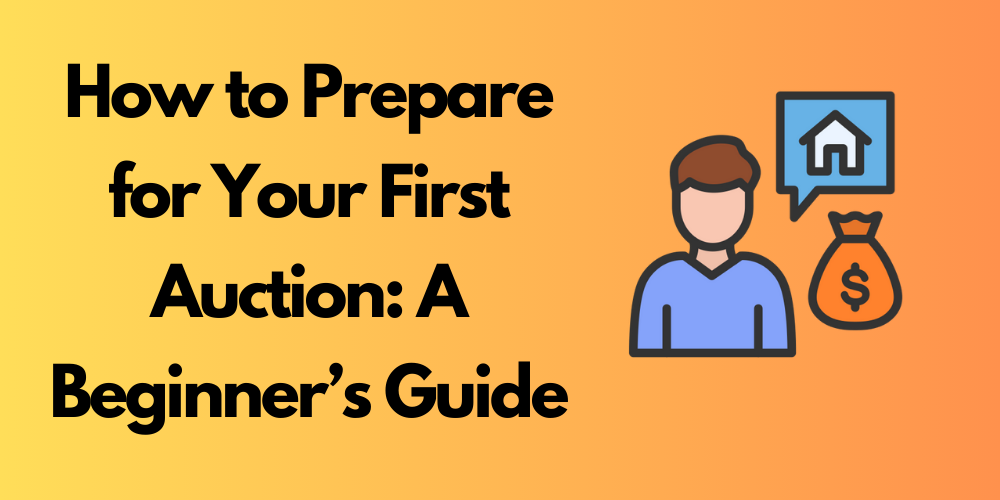Table of Contents Overview Salvator Mundi by Leonardo da Vinci – $450.3 million (2017) Interchange…
What Is a Buyer’s Premium? Understanding Extra Auction Fees

Table of Contents
- What is a Buyer’s Premium in Auction?
- How is Buyer’s Premium Calculated?
- Types of Buyer’s Premium
- Advantages and Disadvantages of Buyer’s Premium
- How to Create an Auction Website Using WordPress and WooCommerce
- Conclusion
- FAQ
Overview
In the world of auctions, one important term you should know is the Buyer’s Premium. This extra fee can affect the total price you pay for an item. It’s essential to understand whether you’re an experienced bidder or just getting started. In this post, we’ll explain what a buyer’s premium is, how it’s calculated, its pros and cons, and how to create an auction website using WordPress and WooCommerce. We’ll also answer some common questions!
What is a Buyer’s Premium in Auction?
A Buyer’s Premium is an additional fee added to the final bid amount when you win an auction. This fee is usually expressed as a percentage of the winning bid. Auction houses collect this fee to cover their costs.
Example:
If you win an item for $1,000 and the buyer’s premium is 10%, your total cost will be $1,100.
How is Buyer’s Premium Calculated?
To calculate the Buyer’s Premium, you can use this simple formula:
Total Cost = Winning Bid + (Winning Bid x Buyer’s Premium Percentage)
Examples:
Example 1:
- Winning Bid: $1,200
- Buyer’s Premium: 15%
Total Cost = $1,200 + ($1,200 x 0.15) = $1,200 + $180 = $1,380
Example 2:
- Winning Bid: $800
- Buyer’s Premium: 10%
Total Cost = $800 + ($800 x 0.10) = $800 + $80 = $880
Understanding this calculation helps bidders know their total spending upfront.
Buyer’s Premium Calculator
Types of Buyer’s Premium
There are two main types of Buyer’s Premium in auctions:
Percentage-Based Buyer’s Premium
This is the most common type of buyer’s premium. It is calculated as a percentage of the winning bid.
Example: If you win an item for $1,000 and the premium is 10%, your total cost will be $1,100.
Advantages:
- The premium scales with the bid amount. Higher bids result in higher premiums.
- Better for lower-priced items as the premium remains relatively low.
Disadvantages:
- Higher bids lead to significantly higher premiums, which may discourage bidders from going for expensive items.
Fixed Amount Buyer’s Premium
In this type, the premium is a fixed amount, no matter how much you bid.
Example: If the fixed premium is $50, you pay that extra $50 on top of your winning bid.
Advantages:
- Predictable costs, making it easier to budget.
- Better for higher-priced items because the premium remains constant.
Disadvantages:
- For lower-priced items, the fixed premium can represent a larger percentage of the total cost, making them less attractive.
Advantages and Disadvantages of Buyer’s Premium
Advantages:
- Supports Auction Houses: The fee helps auction houses cover their costs.
- Access to Unique Items: Bidders can access rare and valuable items through auctions.
Disadvantages:
- Increased costs: The buyer’s premium raises the final price you pay.
- Potential for Overbidding: Bidders may exceed their budget if they don’t account for this fee.
How to Create an Auction Website Using WordPress and WooCommerce
Building an auction website can be easier than you think. Here’s a simple guide:
- Choose a Domain and Hosting: Get a domain name and select a reliable hosting service.
- Install WordPress: Most hosting providers have a one-click WordPress installation.
- Install WooCommerce: Go to your WordPress dashboard, add the WooCommerce plugin, and activate it.
- Add Auction Features: Use plugins like “WooCommerce Auctions” to enable auction capabilities.
- Set Up Payment Methods: Configure payment options to accept bids and payments securely.
- Design Your Site: Customize the layout and design to make it user-friendly and attractive.
- Launch Your Site: Once everything is set up, launch your auction website and start promoting it!
Conclusion
By understanding the buyer’s premium and its implications, you can navigate the auction world more confidently, whether you’re participating in real estate auctions or online bidding sites.
FAQ
Is the Buyer’s Premium negotiable?
Generally, the Buyer’s Premium is fixed by the auction house and is not negotiable. Smaller auctions may offer some flexibility.
Can I avoid paying the Buyer’s Premium?
No, the Buyer’s Premium is a standard fee. Always factor it into your bidding strategy.
How does the Buyer’s Premium vary by auction house?
Rates typically range from 5% to 20%. Always check the auction terms before bidding.
What types of items can I auction?
You can auction various items, including antiques, art, cars, collectibles, jewelry, and real estate.
Are online auctions different from traditional ones?
Yes, online auctions may have different rules and fee structures. Always read the guidelines before participating.
How is the buyer’s premium calculated?
It is typically a percentage of the winning bid, ranging from 5% to 25%, depending on the auction house.
Why do auction houses charge a buyer’s premium?
It helps cover the auctioneer’s costs and services, including marketing and handling the auction.
Is the buyer’s premium included in the bid price?
No, it is added on top of the winning bid amount, so buyers need to factor it in when bidding.







This Post Has 0 Comments